The Way of Kendo: Diving into Japan’s Martial Arts and Cultural Values
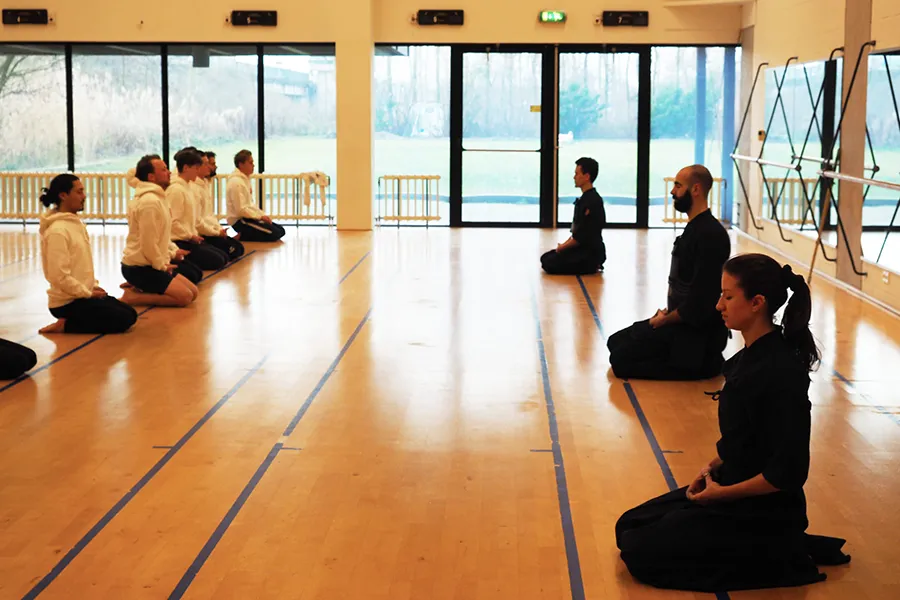
For centuries, the Western world has been quite fascinated by the cultural values of the Eastern world, more particularly of Japan. The captivating beauty, ideas, and values of Japan have consistently enchanted people from different corners of the globe. Among those cultural treasures, the practice of martial arts holds a special place, offering deep insights into the country’s cherished values.
Kendo, a modern Japanese martial art rooted in traditional Kenjutsu, stands as a testament to the essence of Japanese virtues. Kendo is a Japanese style of fencing with a two-handed wooden sword, which has been derived from the fighting methods of the ancient samurai. Beyond Japan’s borders, Kendo has found a devoted following in Europe, where people of all ages embrace its teachings as a pathway to inner growth and harmony.
In this article, we dive into the experiences of a seasoned Kenshi (Kendo practitioner) living in the Netherlands, who spent over two decades mastering the art. Through her unique perspective, we explore the deep-rooted connection between Kendo and essential life principles, and how the art serves as a powerful channel for understanding and embracing Japanese values.
The Kenshi explains how corporations in Amsterdam sometimes request the local Kendo dojos to organize training workshops in their companies, with the purpose of team-building training as well as reinforcing bonds among their employees through Kendo and teaching them experiences that could be applied in both their professional as well as personal lives.
Facing the Inner Self through Mokuso Meditation
One of the most profound aspects of Japanese martial arts, including Kendo, is the practice of Mokuso, also known as silent meditation. Before beginning their practice, Kendo practitioners participate in Mokuso to integrate their minds and spirit.
In this serene moment of introspection, they kneel with their backs straight, gently place their hands in their laps, close their eyes lightly, and regulate their breathing. For some, it’s a time to visualize their practice goals, while for others, it is a time to let their minds go blank.
The focused state achieved during Mokuso lays the groundwork for mindful and purposeful training, cultivating qualities like patience, self-awareness, and mental strength.
Describing the process further, the Kenshi says, “After meditation, we put on our facemasks and begin practice, vigorously striking one another. Our performance in this active practice is immensely affected by the moment of spiritual quiet preceding it.”
Some Kendo clubs and dojos also conduct ten or fifteen minutes of “standing practice,” which is similar to the “standing Zen” meditation, where one stands motionless facing themselves to acquire endurance, emotional control, self-control, and concentration.
While meditation & mindfulness have attracted more attention in recent years, this custom of facing oneself in quiet has been rooted in traditional Japanese martial arts and values for centuries.
Cultivating Harmony with Aesthetics
Kendo practitioners understand the significance of preparing a favorable environment for training to enhance concentration and self-control. Before each practice session, they diligently clean the dojo, demonstrating respect not just for the space but also for their fellow practitioners.
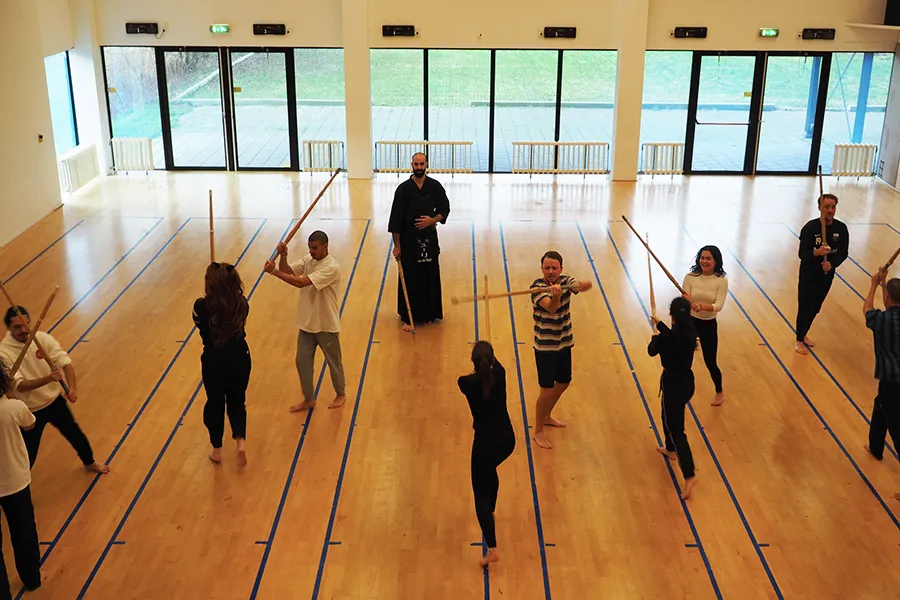
Moreover, Kendo emphasizes an aesthetic sense, even in the choice of equipment. While modern Kendo uses bamboo swords (Shinai), the samurai used old-wielded real blades. These finely sharpened Japanese swords were not merely instruments of combat; they were considered works of art. The Japanese believe that keeping your equipment, your heart, and your stance beautiful leads to strength of the mind.
The pursuit of aesthetics, even in the context of weaponry, reflects Japan’s commitment to infusing artistry into every aspect of life and shows its deep appreciation for beauty in all its elements.
Aesthetics play a pivotal role in Japanese culture, fostering a sense of harmony and balance. Emphasizing this, Kenshi adds, “We Japanese have pursued aesthetics even in these weapons, originally used in life-and-death encounters. This is why the phrase “martial arts”—the art of fighting—is used in English to translate the Japanese budo. The conversion of fighting techniques into art is said to be a rare phenomenon even on a global basis.”
Embracing Propriety and Respect with Shosagoto
In Kendo, the art of bowing is an expression of deep respect and propriety (politeness & decency). Kenshi bow when entering and leaving the dojo, before and after practice, and when engaging in combat with their opponents. The precision and grace of these bows convey sincerity and reverence toward others. The perfect bow is done at a precisely calculated angle and the process of sitting is also determined based on which leg goes down first. These are called Shosagoto or prescribed gestures, concepts that were originally established in the pursuit of efficiency and rationality.
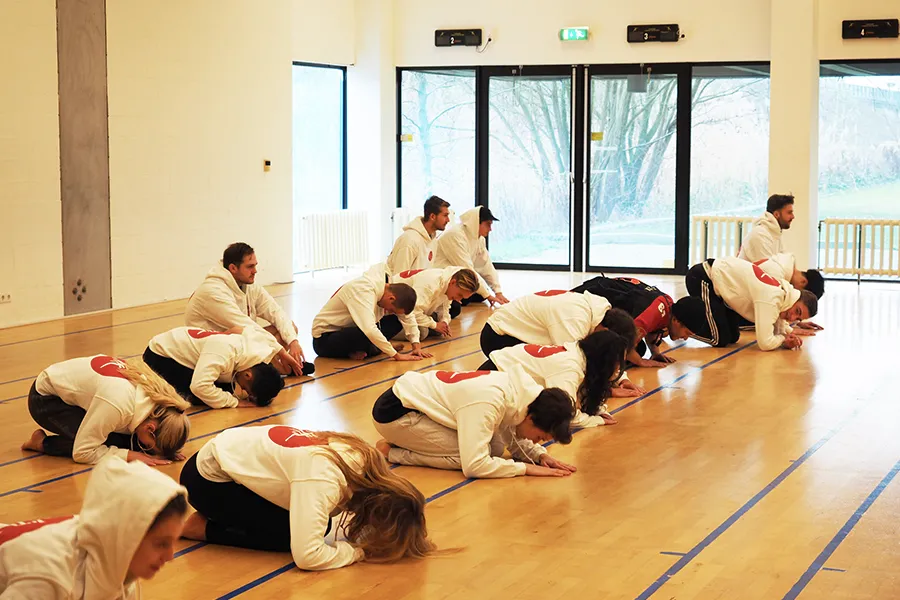
It is not widely known, but in Kendo, if you pump your fist and gloat after scoring a point on your opponent, that point will be taken away. This rule was based on consideration towards the opponent and on the belief that without the opponent, there would not have a match at all. That’s why gloating over a win is considered as discourteous.
The Kenshi suggests that the things which the Japanese have been understanding so instinctively must be explained in words so that people of different cultures, customs, and religions can understand them. In fact, a lot of European parents want their kids to study Kendo so that they can learn how to behave with other people.
Basically, these expressions of respect in Kendo, extend beyond the martial art and form the foundation for harmonious interactions and mutual understanding in daily life.
Summoning your Own Courage with Kiai
Kendo is not just a physical practice; it requires a courageous spirit. The practice of Kiai, a loud shout before striking an opponent, serves not only to intimidate adversaries but also to draw out the practitioner’s courage and confidence.
It takes tremendous bravery to face a higher-ranked teacher in practice or to enter a match with a more skilled opponent. And this experience of summoning one’s courage to overcome challenges in Kendo can translate into newfound confidence and self-assurance.
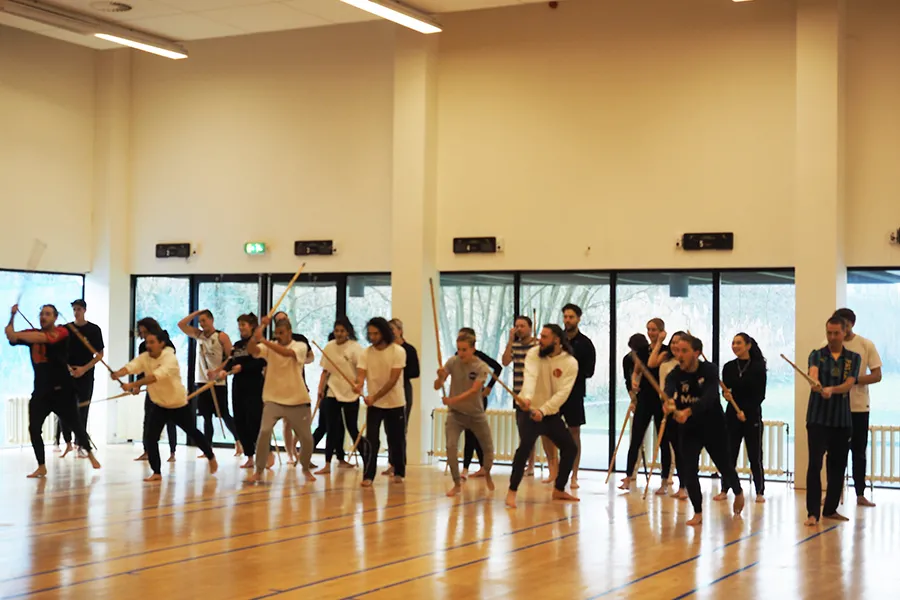
These qualities are the result of not just “drawing out your own courage to overcome something,” but also, as mentioned above, of the “time spent face-to-face with yourself” and “consideration for others.”
Kendo promotes the idea that the most valuable thing in life is the ability to believe in yourself, which is why it is essential to quiet down and come face-to-face with yourself, for just a few minutes every day.
Looking Beyond Ranks & Accepting Humility
The practice of Kendo embodies the virtues of humility and self-discipline, challenging practitioners to transcend the confines of rank and ego.
It is often believed that martial arts can have particularly strict hierarchical relationships and because of the strict rules and regulations, opinions are often imposed from above. However, discipline imposed from higher ranks is not always good.
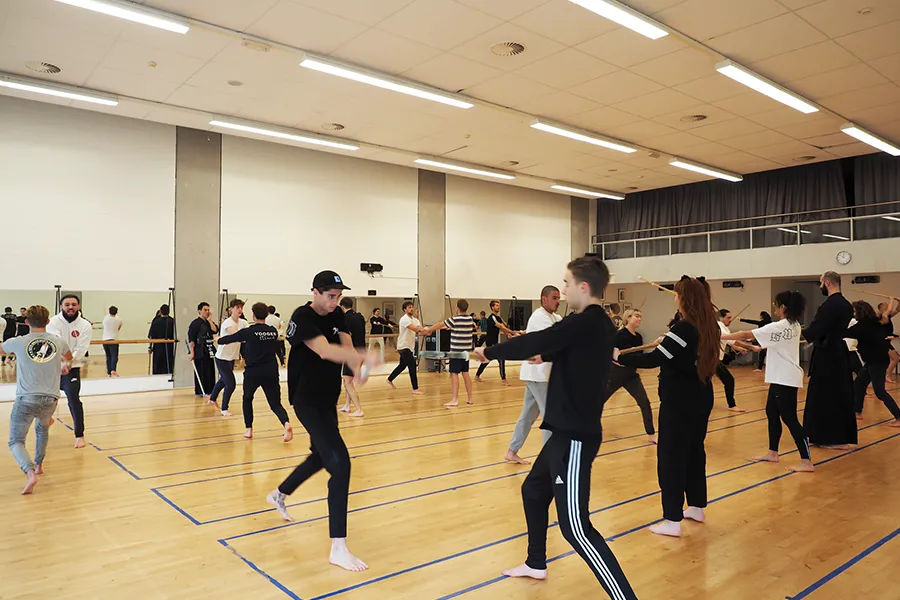
Emphasizing this, the Kenshi says, “A renowned 8th-dan teacher once told me that judging people by their rank leads to great mistakes. Kendo is built on a system of titles and ranks that turn into objectives. But lower ranking can never be a judge of their humanity. The teacher warned me that if we forget this and judge people only by their dan ranking, big mistakes will be made. He also taught me that the higher we get, the lower we must bow down.”
The same principle applies to work as well. The moral is that the older you get or the more seniority you gain, the more important it becomes to stay humble and respect those below you. Similarly, younger people with less experience must also treat their seniors with respect and humility, bearing gratitude in mind.
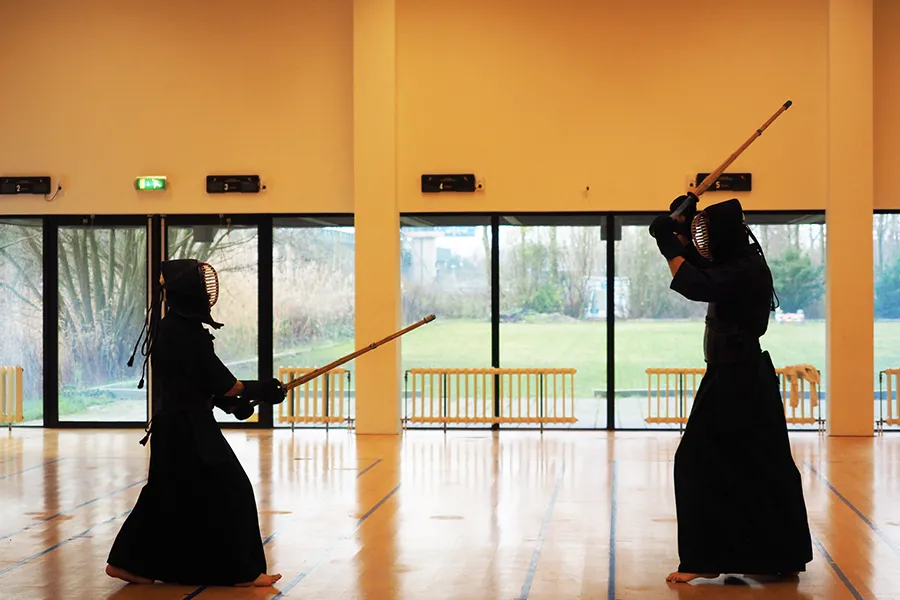
Titles and ranks hold significance, but true mastery lies in cultivating humility and respect for others regardless of their standing. The dojo becomes a training ground for not only refining physical techniques but also shaping one’s character. This humility and discipline extend beyond the dojo, enriching interpersonal relationships and fostering a sense of empathy and compassion.
The Timeless Wisdom of Kendo- It’s not just a Martial Art!
Kendo is much more than just a martial art. In fact, the profound connection between Kendo and essential Japanese values unveils a treasure of wisdom that transcends cultural boundaries, which can very well be seen in the various elements of this ancient art form.
The practice of Mokuso instills self-awareness and mindfulness, grounding practitioners in the present moment. By appreciating aesthetics and maintaining a harmonious environment, one is reminded of the beauty in all things, embracing life’s inherent grace.
And, while the art of bowing instills propriety and respect as cornerstones of interactions, the spirited Kiai serves as a powerful metaphor for summoning courage and facing life’s challenges head-on. Finally, in the pursuit of self-discipline and humility, Kendo becomes a transformative journey that extends beyond the dojo walls! As Kendo gains popularity in Europe and beyond, individuals are embracing these life values, discovering a stronger sense of self, and developing meaningful connections with others. By embracing the essence of these Japanese values, individuals can lead more fulfilling and purposeful lives, guided by the wisdom of centuries-old traditions. In a world marked by constant change, the timeless lessons from Kendo offer a powerful reminder of the value of self-reflection, respect, and discipline in navigating the complexities of modern life.
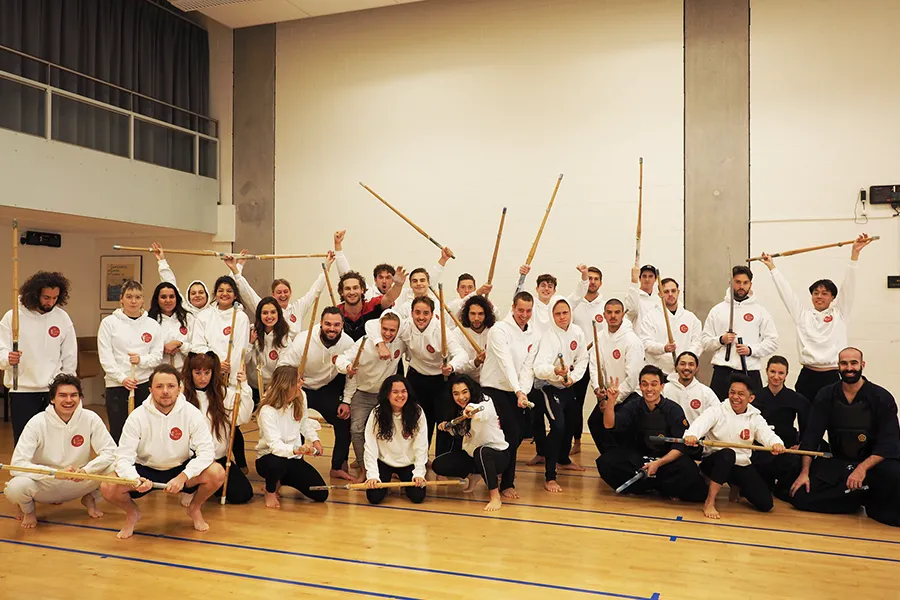
ー Translated and rewritten, based on original Japanese article by Mariko Sato



